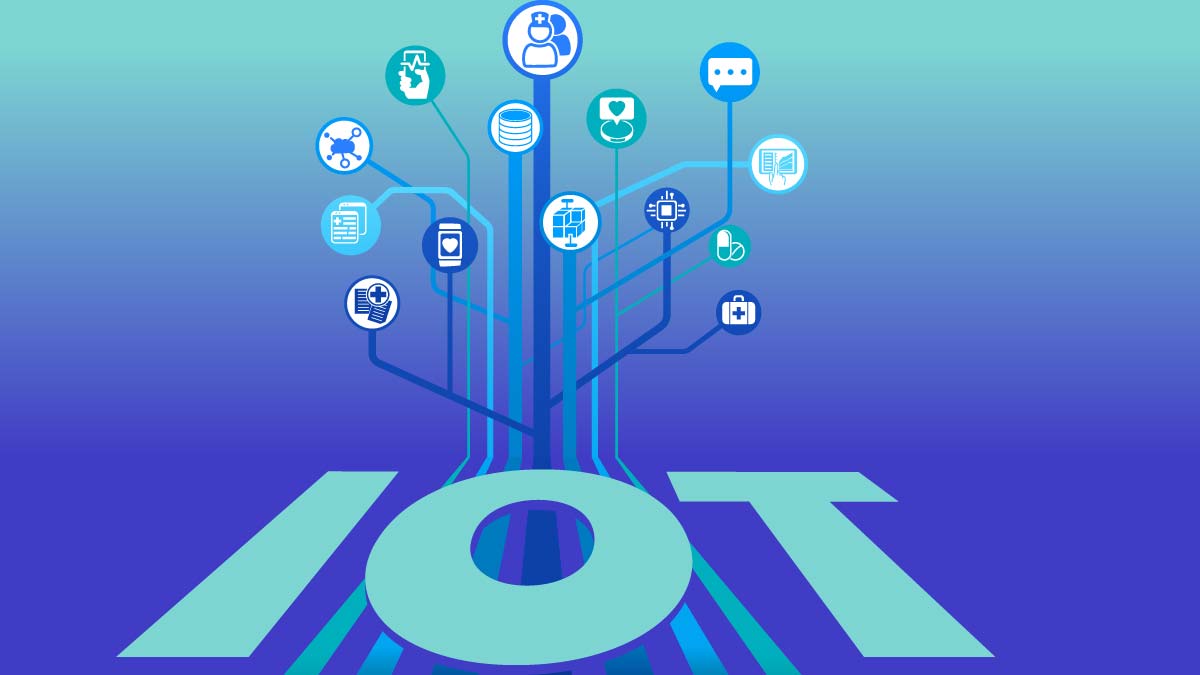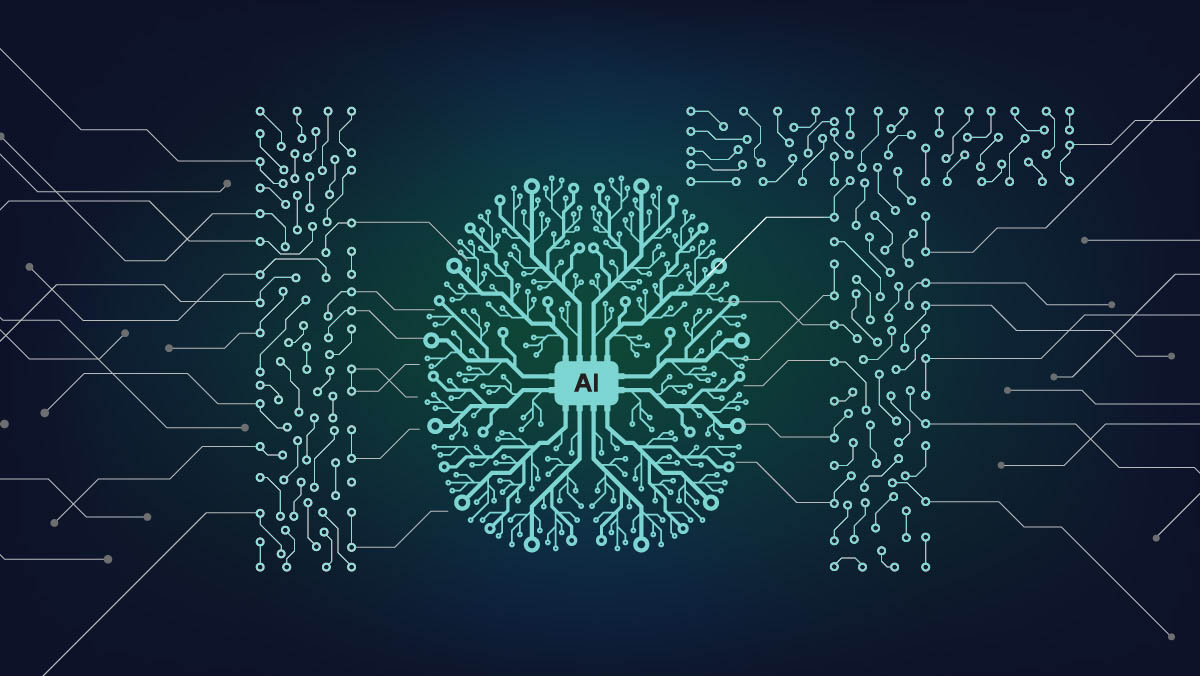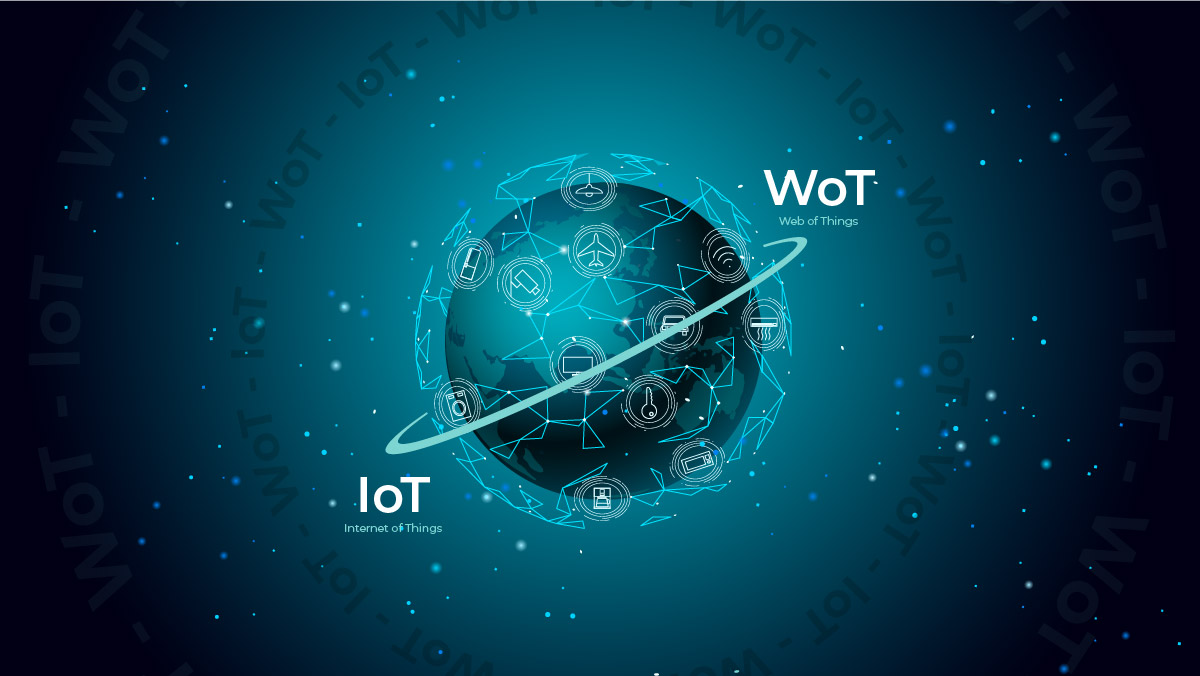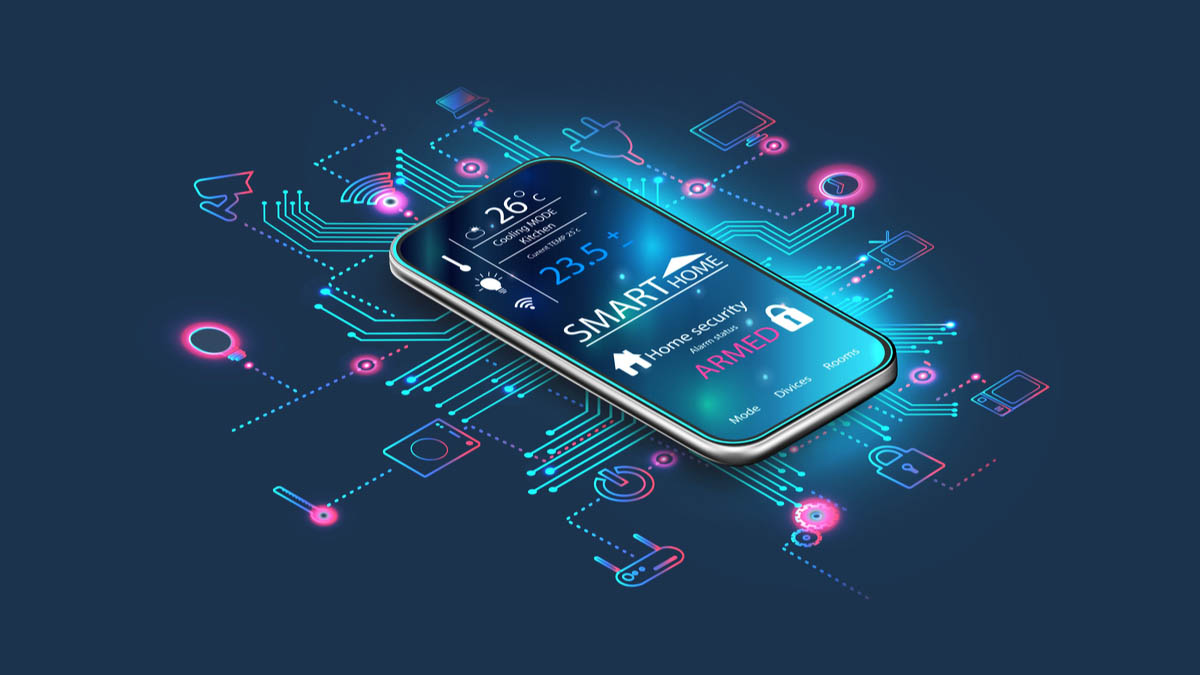IoT
IoT Healthcare: When Overcoming Challenges Holds the Key for a Flourishing Market

The internet of things (IoT) is certainly not a new concept in the world of technology and engineering. With the improvement in connectivity, new use cases notably IoT healthcare applications have emerged. The idea of connected physical devices or “things” has existed for a long time with software-enabled sensing devices communicating data among others or even with a central entity that handles the processing and analysis of the incoming data.
Wireless sensor networks and mobile ad-hoc networks are all concepts that have existed for a long time and largely contributed to shaping up IoT as it is widely known today. The hype surrounding the advent of 5G as a game-changer in the telecommunications industry and as an enabler for new business-to-business (B2B) and business-to-consumer (B2C) opportunities has notably contributed to the increased investments and adoption of IoT solutions.
The prospective Wi-Fi 7 standard will complement the IoT landscape with its expected ultra-high throughput and low latencies. According to Statista, the number of connected IoT devices will increase from around 11 billion in 2022 to 25 billion in 2030, thus requiring a reliable holistic connectivity. The IoT market is expected to exceed one trillion USD in the same year.
The healthcare industry is among the highly affected verticals by the development of IoT solutions to the extent that a new area denoted as the Internet of Medical Things (IoMT) has emerged. Compared to regular IoT solutions, IoMT ones cater for specific requirements in healthcare provision such as security and utmost reliability.
Implementation of IoT in Healthcare
Numerous use cases justify the implementation of IoT in healthcare. The introduction of such solutions into the healthcare industry is actually disruptive on different fronts:
- Patient monitoring: The advances in sensor technology has allowed the development of efficient patient monitoring applications. Sensors have reached a level of notably high accuracy, precision, and sensitivity allowing the collection clinical-grade data from patients. When incorporated within intelligent devices capable of processing and transmitting data, they provide an ecosystem to collect and interpret patient’s data thus improving the monitoring process as a whole. Further innovations in biocompatible stretchable and wearable electronics has widened the spectrum of applications to include sensing devices in contact with human skin and sensitive organs such as eyes. On another side, ingestible sensors, mainly camera sensors have been developed to monitor internal organs such as the stomach. Therefore, throughout these prominent innovations, patients, family members and caregivers have continuous access to data to allow ubiquitous real-time monitoring and assessment of the patient’s health status.
- Affordable service provision: The incorporation of IoT solutions democratizes the healthcare industry by allowing premium healthcare to everyone through low-cost solutions. Costly doctor visits can indeed be replaced by remote monitoring and automated decision making where data is collected and analyzed on the cloud. The process alleviates the caregiver’s burden of looking at a significantly large amount of information to take life-changing decisions.
- Improved operations and logistics: Besides refined service provision, hospitals can rely on IoT solutions to perfect the management of the different operations including tracking of medical equipment, improved inventory control, automated environmental and safety checks within the premises, efficient real time analysis of staff responses to various medical conditions and an optimization in the allocation of medical resources.
- Improved insurance underwriting and claims processes: The incorporation of IoT in operation of insurance companies can help in tailoring insurance policies to patients and reducing fraudulent claims. The development of such solutions requires access to the client’s data, or to a lesser extent, to periodical reports that build on the continuously collected data. By having access to this valuable information, insurance companies can adjust premiums and pricing to different patients, and identity fraudulent claims thus reducing costs. Insurers can provide additional services to keep track of their patients’ health indicators to decrease the risks of adverse events, also cutting down on expenses.
What Are the Challenges of IoT in Healthcare?
Cybersecurity has recently been an active area mainly due the constantly increasing number of security attacks and breaches. Hackers have been innovative discovering loopholes and exploiting vulnerabilities for malicious endeavors. As IoT systems rely on continuous connection availability and reliability, security is definitely a prohibitive factor. This however does not bode well for healthcare applications as related collected data involves sensitive and confidential information. Data integrity and security is therefore the main challenge towards large scale adoption of “internet of healthcare things” solutions.
Another challenge in developing IoT solutions relate to the difficulty in integrating data from different sources. The channeling of the data from sensors to the decision making device is normally done using different communication standards. At the sink, the processing of the received information becomes harder as data cleaning and transformation needs to be done before viable learning can be done. The difficulty in integrating data from sources significantly affects the scalability of IoT solutions in healthcare.
A third challenge relates to the availability and reliability of the connections within the IoT network. As healthcare applications require quasi-real time collection of data, any disruption in the connection can prove costly in terms of the data accuracy and errors in the decision making process. For instance, smart insulin pumps require accurate periodical glucose measurements. Any erroneous interpretation of glucose levels can lead to wrongly administrated quantities of insulin.
What is the future of IoT in Healthcare?
Addressing the challenges related the integration of IoT solutions in Healthcare holds the key that determines the future of such projects, especially that companies and manufacturers investing in the field need some guarantees to continue with their investments.
As security is the top priority in such applications, advanced security enforcing systems have been investigated. Among others is the use of blockchain technology to improve security in the data management and operations, in particular data integrity, access control and privacy preservation. The distributed ledger can be used to validate data exchanges between IoT devices, thus reducing potential attacks.
The harmonization of communication standards for healthcare IoT applications is also essential in delivering efficient solutions.
As technology is evolving and digital transformation is at full throttle, new IoT use cases will certainly be developed in the healthcare sectors. Digital twins seem to build on IoT measurements to construct a virtual model of the patient, and customize treatment and monitoring opportunities.
Cost reduction and preventive services will also be at the center of future use cases. The current coronavirus pandemic has taught us how fragile the healthcare system is. Through proper data collection and interpretation, higher resilience towards future challenges can be achieved.
Summary
When advancements in electronics, communications, computing, and storage come together, the internet of things becomes a paradigm that could well disrupt different industries, notably healthcare. The benefits of developing healthcare IoT solutions are numerous ranging from improved service provision, to optimized operations and asset management. As the medical environment is heavily regulated, conceived solutions need to mature enough by addressing several challenges, notably security related issues. The future certainly holds a lot of positive prospects for IoT in Healthcare. It is up to companies and manufacturers to make the best out it!
“Inside Telecom provides you with an extensive list of content covering all aspects of the tech industry. Keep an eye on our Technology and MedTech space to stay informed and up-to-date with our daily articles.”
IoT
4 applications of AIoT being used today

We are fast approaching an era in which smart machines and big data gathering capabilities become part and parcel of global industries. Applications of AIoT, Artificial Intelligence of Things, being used today can be seen in most high-income residential areas and big businesses. While not as widespread as it is touted to be, adoption is increasing exponentially in developed countries.
The internet of things, as an umbrella term, represents a network of connected objects that each connect either to the greater internet or to your personal app. When we toss an AI algorithm and machine learning capabilities into the mix, we can then expect IoT smart devices to learn, self-improve, and adapt to changes based on their experience and those of other systems.
AIoT, or Artificial Intelligence of Things, is an integration between the infrastructure behind the Internet of Things and artificial intelligence technology. The mesh between IoT and AI leads to an enhanced human-machine interaction, data management and analytics, and an overall improved customer experience for IoT users.
With that said, here are the most common applications of AIoT seen today:
Autonomous Vehicles
Autonomous vehicles are perhaps the most obvious and widespread applications of AIoT today. Self-driving vehicle manufacturers such as Tesla use their thousands of vehicles currently on the road to gather millions of data points as they drive around both manually and automatically. They use this data to map out roads, refine their vehicle’s automated driving systems, and bolster their data pools to improve their products and create better ones later down the line.
Manufacturing
Perhaps the biggest adopter of IoT and AIoT today is the use of AI to improve the performance and efficiency of smart factories. Most factories in heavily industrialized countries already use embedded sensors to gather large amounts of data on the manufacturing process.
Industrial and manufacturing robots are becoming smarter through the use of AIoT, which allows factory robots to learn patterns and predict disruptions, delays, and damages before they happen. Predictive maintenance and supply disruption is perhaps the biggest money savers for any manufacturer.
Retail
The data gathered by facial recognition cameras and other sensors can help map the path that retail customers take to the checkout line. Data such as this can help managers predict the occurrence of staff shortages and provide insight into customer behavior in the store to improve the retail experience and even plan store layout to get the most out of a customer’s visit.
Smart Thermostats
This is where modern applications of AIoT meet smart homes. Automated and AI-enabled temperature regulation saves you the most on the electric bill, but it could also, over time, learn what is best for human health by adjusting the house’s temperature based on the weather outside, the homeowner’s work schedule, and temperature preferences.
In the near future, the integration of WoT, or web of things, which is just IoT connected to the wider internet, will see even bigger transformations. In a fully AIoT realized future, the planet will act as a giant interconnected web of data gathering systems that autonomously improve upon each other by learning patterns and making connections that would take us, humans, months if not years of collaboration and research.
IoT
How IoT and WoT are Related

It is not clear to most how IoT and WoT are related as the words internet and web are often used interchangeably. However, they are not the same thing and have extremely different applications on different scales.
The internet of things (IoT), as we have covered extensively on Inside Telecom, refers to connected devices. Simply devices linked to your phone that you can control and regulate from afar, with some degree or automation.
In a smart home, while it is possible to synchronize multiple devices together, it is made of multiple smart items that are connected to your phone, each with its own apps and different manufacturers and protocols.
This is where the distinction between IoT and Web of Things (WoT) is seen, but to see how IoT and WoT are related, let’s ask the important question first.
What is WoT?
The Web of things can be defined, at least fundamentally, as two or more linked systems of devices that can share data. It is a network of two or more groups of connected devices.
Your smart home with all its appliances attached to your home internet from a network, but each of your smart devices still uses its own applications specific to the item and the manufacturer. Your smart door and smart fridge are not really connected to each other, just connected to you.

Also, with such protocols enabled, your home could link to all the other homes in the neighborhood. A smart farm could link to the local weather forecast. Smart factories could be linked to their suppliers to predict delays, etc.
That is what distinguishes IoT from WoT, it allows simplified and standardized interoperability between different vendors which makes larger-scale connectivity much easier.
Whereas IoT refers to a system of connected devices, the web of things refers to a network of networks or a system of systems.
Interoperability between different networks opens new possibilities for joint technologies to operate across vastly different domains beyond smart factories, homes, and buildings.
Such protocols would enable large-scale connected projects to be built more reliably. Smart cities, smart ports linked to other smart ports across the ocean, and smart farms linked to weather forecasting stations for predictive irrigation. Such projects can help illustrate how IoT and WoT are related and will be applied in the near future.
Summary:
Where IoT refers to connected devices that together form an enclosed network, each of the devices is generally connected one way to the owner’s device and constitutes low-level sensors and devices. The WoT takes those systems and standardizes their operating protocols to enable interoperability, forming a system of systems.
Inside Telecom provides you with an extensive list of content covering all aspects of the biotechnology industry. Keep an eye on the technology and IoT sections to stay informed and updated with our daily articles.
IoT
Can IoT Devices be Hacked?

It is estimated that the number of active Internet of Things (IoT) devices will surpass 75 billion in 2025, according to Statista, and the market size of IoT is estimated to reach over $2 trillion by 2027, according to Business Insider.
That is a staggering number, and no doubt, connected devices and the internet of things will generate trillions of dollars in economic value as we head into the 2020s.
Home cameras, smart fridges and coffee machines, automated vacuum cleaners, and heat regulators; this is only the beginning. And that’s just home devices. Industrial, medical-smart devices and more are all proliferating rapidly, with 48 percent of businesses admitting that they cannot detect security breaches until it is too late.
IoT devices are meant to make our lives easier and our businesses more efficient. With such numbers and rollout speed, is it any wonder why people are worried that their smart products, connected devices, and IoT devices could be hacked or compromised?
In most cases, hackers use routers as a gateway, and the vulnerabilities often lie in the device itself, with little the customer can do about it.
Whether it’s a home network or an industrial one, any given set of devices are all connected to the same network, and it only takes compromising one of those devices to access them all. In many cases, knowing the manufacturer of such a device is a threat that a hacker can face.
Someone with access to your stove can cause it to overheat and start a fire or use your security cameras to spy on you or see when you’re not home to rob you.
On a larger scale, a shady competitor can hack into a business’ production lines and cause all kinds of mayhem. And if a power plant is hacked, it could cut power to an entire city since hacks like these can be used for sabotage, disruption, or large-scale ransom.
One solution to this problem is to use open-source IoT software so that a single manufacturer does not bind the code.
As IoT technology becomes more mainstream, more solutions are being developed both on the software and device levels. Manufacturers will eventually be forced to adhere to stricter regulations. Large companies such as Amazon and Google will, hopefully, be compelled to make their data gathering and security rules as transparent as possible to their customers and adopt a ‘privacy by default policy. This will give the customers the choice of providing their data for “an improved experience.”






















